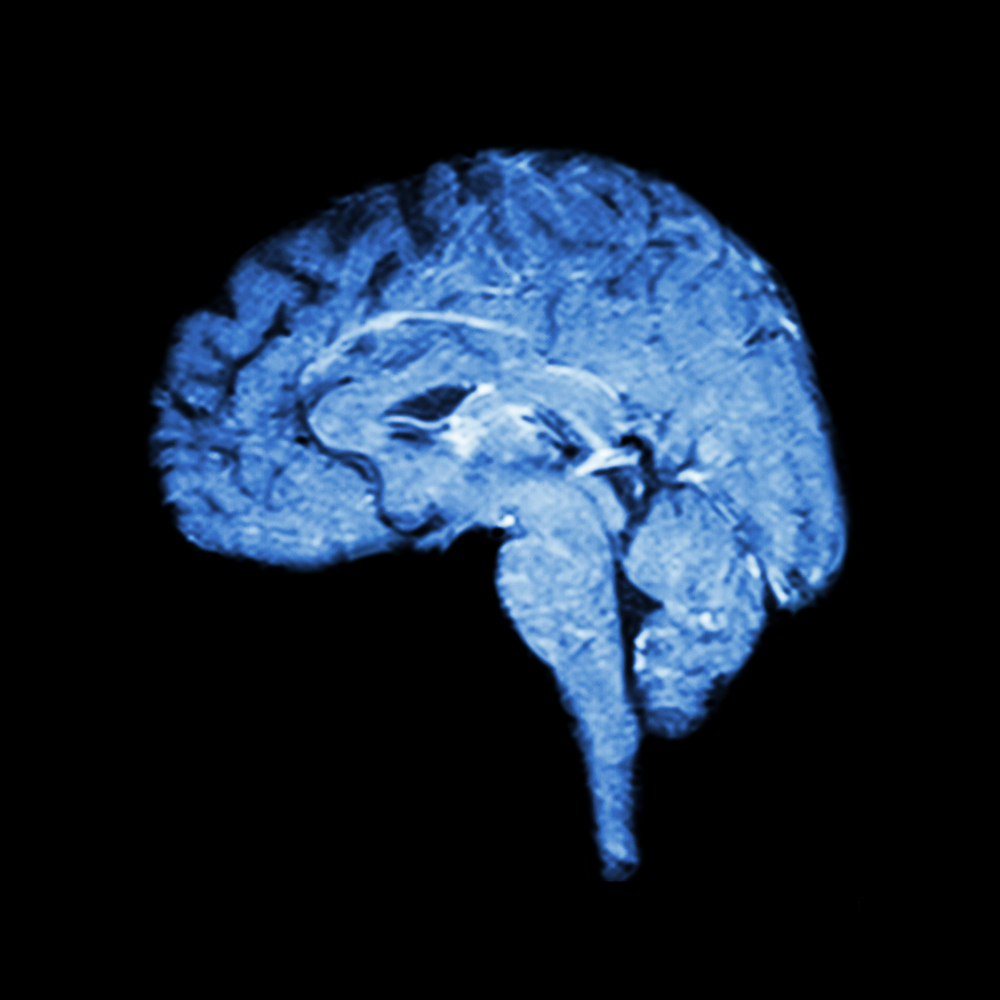Predicting Function in Children with CP May Come from Measuring Grey, White Matter Lesions in Brain

The number and region of white matter and grey matter lesions in children with cerebral palsy (CP) may help predict motor and cognitive deficits, according to the study “Automated, quantitative measures of grey and white matter lesion burden correlates with motor and cognitive function in children with unilateral cerebral palsy,” recently published in the journal NeuroImage: Clinical.
CP is a general term that encompasses several neurological conditions that affect movement and coordination through damages in the brain. Destructive lesions can be found in both the white matter (WM) of the brain, which includes myelinated nerve fibers, and in the grey matter (GM), made up of neuronal cell bodies, non-myelinated axons, and glial cells that transport nutrients to the neurons.
Although GM lesions are less common, they may affect critical structures of the brain, resulting in more severe defects in several functions, particularly motor function. The correlation between the number and location of the lesions with patients clinical function has not been addressed.
Magnetic resonance imaging (MRI) can be used to identify lesions in both WM and GM, which appear as regions of abnormal and loss of tissue. Researchers used brain maps to develop a modified segmentation method that automatically subdivided the brain into pre-established regions of WM or GM, and detected the number of lesions in each region using MRI. Later, the team quantified the correlation between lesion number and location with motor, cognitive, communicative, and visual function.
Enrolled in the study were 125 children; 107 with unilateral CP and 18 controls. Researchers found that the children’s lesion segmentation approach had a 94% accuracy, compared to the currently used lesion segmentation software, which presented a 73% accuracy mainly because of the production of frequent false positive segmentations.
The improved segmentations enabled the identification of significant correlations between the region of lesions and clinical outcomes. Particularly, significant correlations were found for the amount of both WM and GM lesions with motor function, while the burden of WM lesions alone was associated with cognitive function impairments, and the number of GM lesions alone was significantly associated with visual function.
The results indicate that both WM and GM regions can have serious impact in CP patients, and that the region where the lesions are found may have prognostic value in predicting the functional abilities of children with CP. The findings could help establish personalized therapy and care for individual patients.


